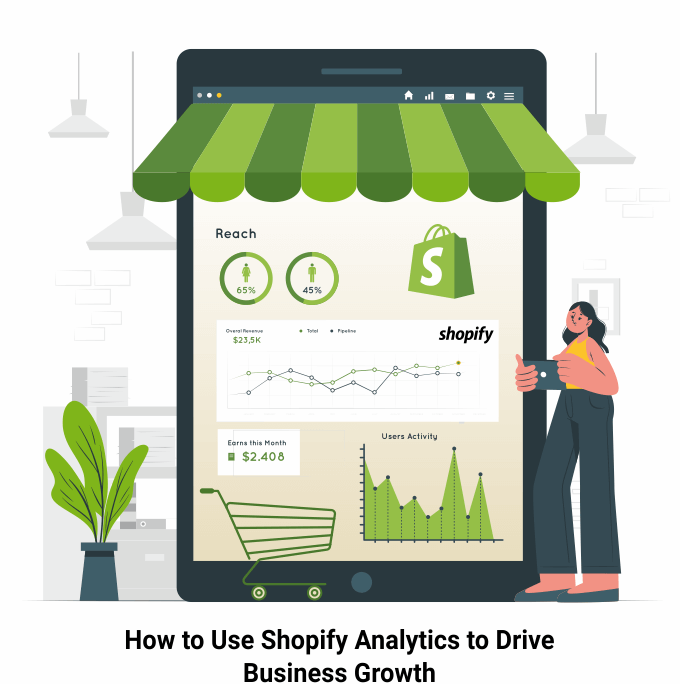Shopify Analytics: What is it?
Shopify Analytics is a comprehensive set of tools and features designed to help e-commerce entrepreneurs track, measure, and analyze key performance metrics within their Shopify stores. It provides valuable insights into customer behavior, sales performance, marketing campaigns, and much more. By understanding and utilizing these analytics, businesses can make data-driven decisions to optimize their strategies, enhance the customer experience, and drive sustainable growth.
At its core, Shopify Analytics empowers merchants with the ability to collect, organize, and interpret data from various sources within their online stores. This includes information about website traffic, conversion rates, sales trends, customer demographics, and product performance. The analytics platform provides user-friendly dashboards and reports that present the data in a visually appealing and easy-to-understand format.
One of the primary features of Shopify Analytics is its ability to track and monitor visitor behavior. It enables store owners to gain insights into how visitors navigate their websites, which pages they engage with the most, and how long they stay on each page. This information helps businesses understand user preferences, identify areas for improvement, and optimize their website design and layout accordingly.
Furthermore, Shopify Analytics offers advanced sales analytics, allowing entrepreneurs to track their revenue, monitor sales trends over time, and identify top-performing products or collections. This data enables merchants to make informed inventory decisions, focus on high-demand items, and implement pricing strategies that maximize profitability.

